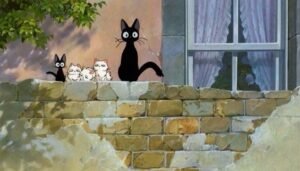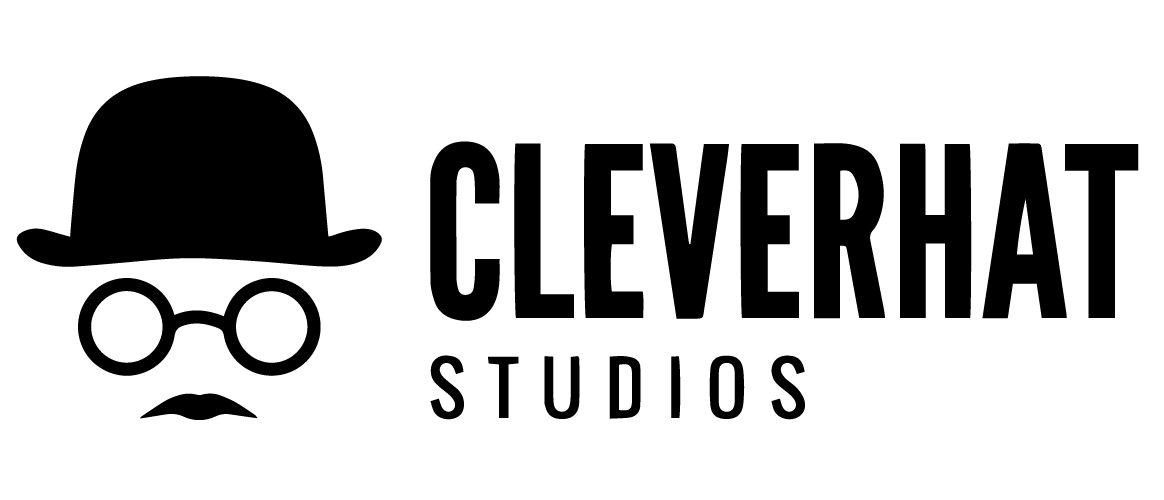You’ve seen them, dreamlike visuals that feel like they wandered out of a Studio Ghibli film. Misty hills, lantern-lit streets, sleepy towns under watercolor skies. Except they weren’t painted by Ghibli animators. They were generated with a prompt. For a while, AI-generated Ghibli-style art dominated the internet. Beautiful, nostalgic, wildly viral.
And then it stopped. Platforms like ChatGPT began blocking prompts requesting “Ghibli-style” outputs, citing copyright concerns. Just like that, the internet’s favorite AI art trend hit a quiet wall.
But the Ghibli clampdown didn’t happen in isolation. Around the same time, a surreal Tom & Jerry video surfaced online, generated entirely by AI. Not a stylistic reinterpretation, but a full-length episode created by training a model on 81 original cartoons. The result? A bizarre, painterly chase through an NYC office, filled with uncanny fluidity and offbeat charm. It was impressive. And completely unlicensed.
This wasn’t just a fun remix, it raised red flags. Because when AI can convincingly resurrect beloved IPs, from Ghibli to Hanna-Barbera, without any studio sign-off, we’re no longer in the realm of homage. We’re in legal grey zones, where admiration veers dangerously close to appropriation.

It’s a leap from where things began. Just a couple of years ago, the infamous Will Smith eating spaghetti video went viral, glitchy, grotesque, and unmistakably fake. Now? AI can create animations so polished, they’re hard to distinguish from the real thing. The line between synthetic and authentic hasn’t just blurred, it’s dissolving.
Which brings us to a larger question: how do we trust what we see?
This isn’t just an artistic dilemma. It bleeds into everything, from the credibility of images and videos to the integrity of news itself. AI can fabricate press conferences, spokespersons, even entire events. The same tools generating nostalgic anime scenes are also capable of manufacturing believable disinformation.
From a marketing perspective, this changes the game. When audiences no longer know what’s real, trust becomes a brand’s most valuable currency. Using AI? That’s fine, but own it. Be transparent. Be intentional. Audiences are smart, and increasingly skeptical.
The Ghibli-style AI ban wasn’t about gatekeeping creativity. It was about setting a boundary.
Because in a world where anything can be generated, the brands that will matter are the ones that stay real.

Recent Comments